Diverse Game Offerings
The Mobile Gaming Market is characterized by an extensive variety of game genres, catering to diverse consumer preferences. From casual games to complex multiplayer experiences, the range of offerings attracts a broad audience. As of October 2025, it is noted that puzzle and strategy games dominate the market, accounting for nearly 40% of total downloads. This diversity not only engages different demographics but also encourages longer play sessions, thereby increasing in-game purchases and advertising revenues. The continuous introduction of innovative game mechanics and storytelling techniques further enriches the gaming landscape. Consequently, the Mobile Gaming Market is likely to see sustained growth as developers strive to create unique experiences that resonate with players across various age groups and interests.
Growing Esports Ecosystem
The emergence of esports has significantly impacted the Mobile Gaming Market, creating new opportunities for engagement and monetization. As of October 2025, the esports sector is projected to generate over 1 billion dollars in revenue, with mobile esports gaining traction among competitive gamers. Tournaments and leagues dedicated to mobile games attract large audiences, both online and offline, fostering a community around mobile gaming. This competitive aspect not only enhances player engagement but also encourages developers to invest in high-quality mobile titles that can compete in the esports arena. The increasing visibility of mobile esports is likely to drive further interest in mobile gaming, as more players aspire to participate in competitive events. Consequently, the Mobile Gaming Market is expected to continue evolving, driven by the growing popularity of esports.
Expansion of 5G Technology
The rollout of 5G technology is poised to revolutionize the Mobile Gaming Market by providing faster and more reliable internet connectivity. With 5G, latency issues are significantly reduced, enabling seamless online gaming experiences. As of October 2025, it is anticipated that 5G networks will cover a substantial portion of urban areas, enhancing the accessibility of high-quality mobile games. This technological advancement allows for richer graphics and more complex game environments, which could attract a larger audience. Moreover, the potential for augmented reality (AR) and virtual reality (VR) applications in mobile gaming is greatly enhanced with 5G, opening new avenues for immersive gameplay. Thus, the Mobile Gaming Market stands to benefit immensely from the widespread adoption of 5G technology, as it transforms how games are played and experienced.
Increased Smartphone Penetration
The proliferation of smartphones has been a pivotal driver for the Mobile Gaming Market. As of October 2025, it is estimated that over 80% of the global population owns a smartphone, facilitating access to mobile games. This widespread adoption has led to a surge in mobile gaming revenues, which are projected to reach approximately 100 billion dollars by the end of the year. The convenience and portability of smartphones allow users to engage in gaming anytime and anywhere, thus expanding the player base significantly. Furthermore, advancements in smartphone technology, such as improved graphics and processing power, enhance the gaming experience, making mobile games more appealing. This trend indicates that the Mobile Gaming Market will continue to thrive as more individuals gain access to smartphones and seek entertainment through mobile gaming.
Innovative Monetization Strategies
The Mobile Gaming Market has witnessed a shift in monetization strategies, adapting to changing consumer behaviors and preferences. As of October 2025, free-to-play models combined with in-app purchases dominate the market, allowing developers to reach a wider audience. This approach not only lowers the barrier to entry for players but also creates opportunities for ongoing revenue generation through microtransactions. Additionally, subscription models are gaining popularity, offering players access to exclusive content and ad-free experiences. These innovative monetization strategies are likely to enhance player retention and engagement, as users are more inclined to invest in games that provide value. As the Mobile Gaming Market continues to evolve, the effectiveness of these strategies will play a crucial role in shaping the future of mobile gaming.
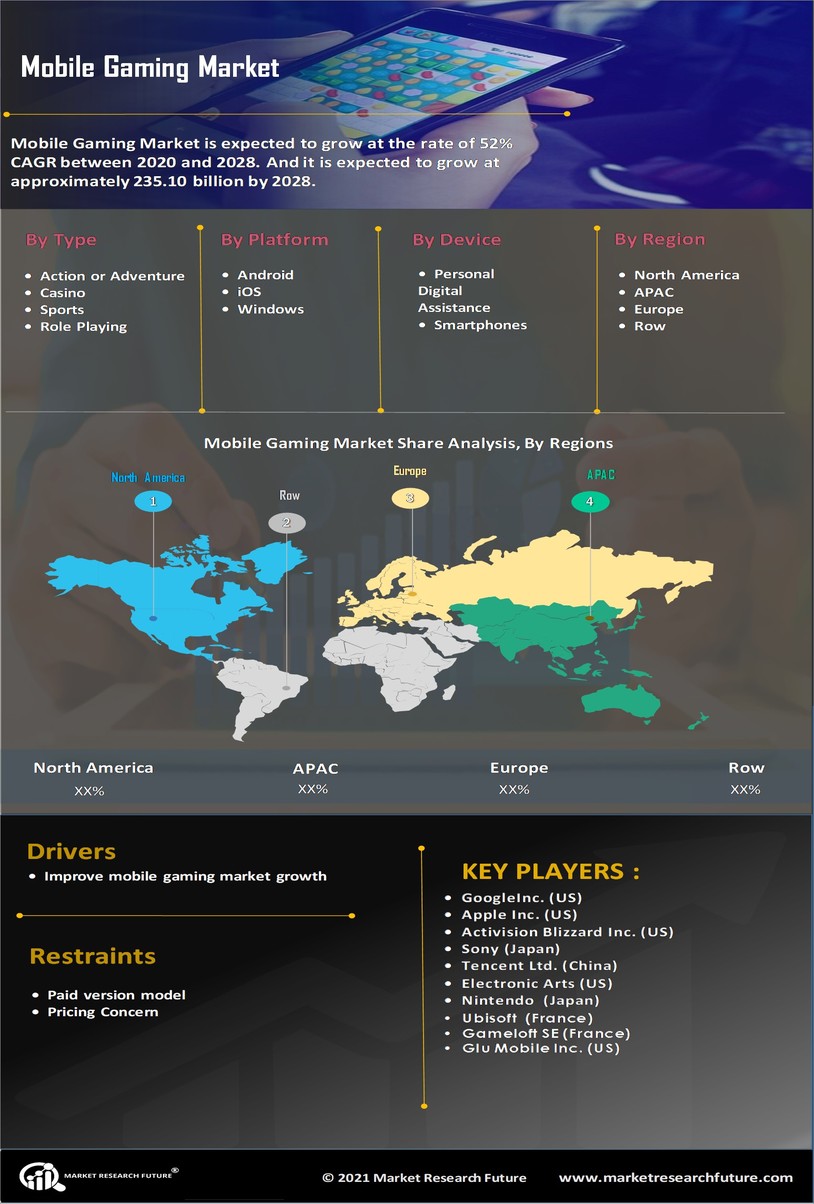

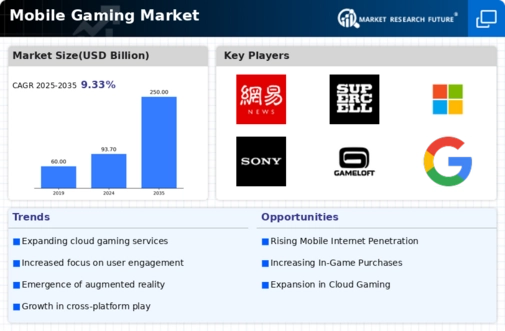
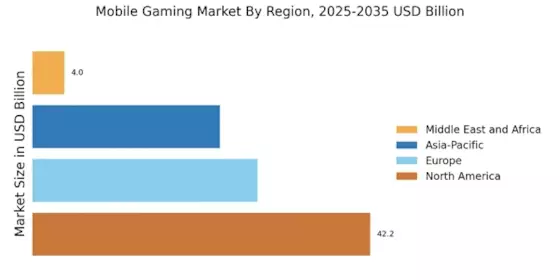
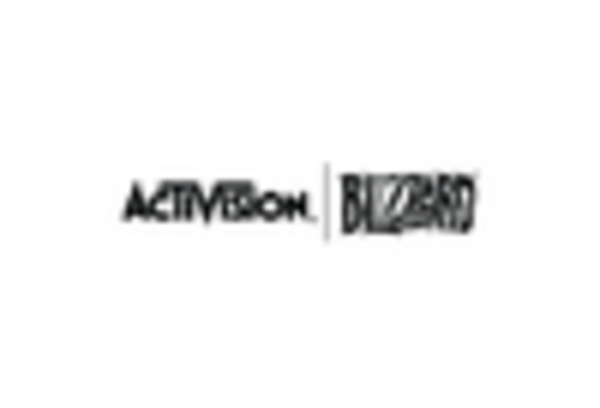
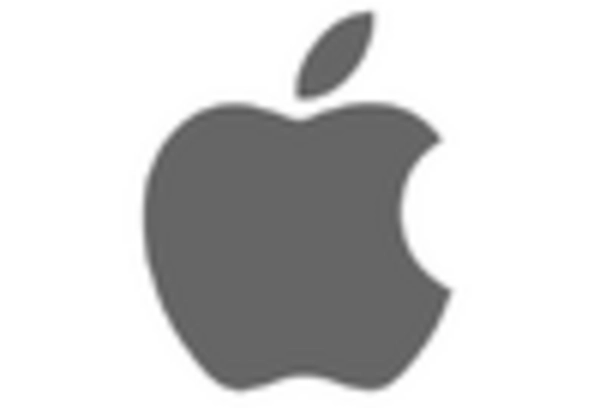
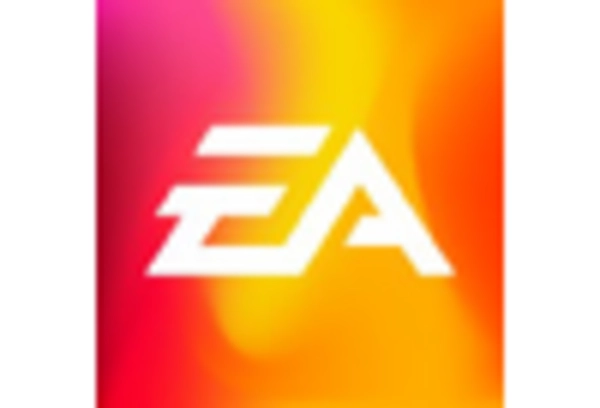

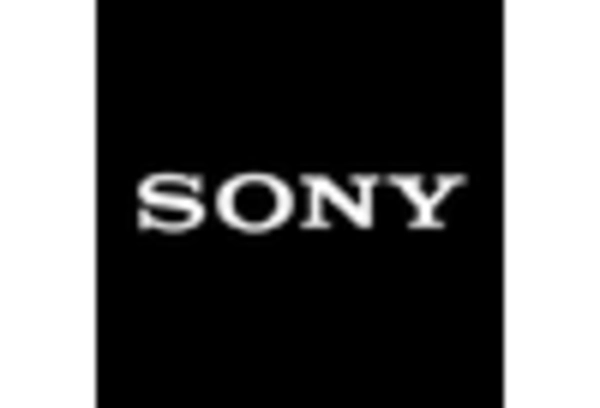









Leave a Comment